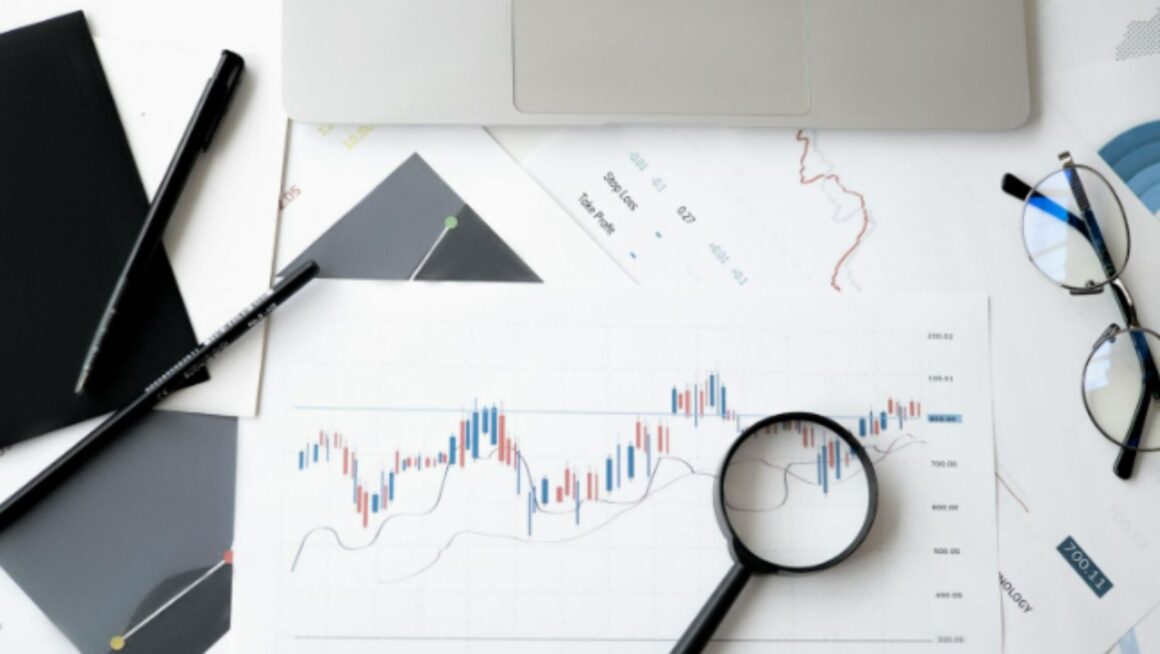Modern trading technologies have transformed the landscape of financial markets, offering investors unprecedented access to sophisticated tools and data. These innovations have streamlined trading processes and significantly enhanced the ability to invest safely and consciously. This article examines how current trading technologies support informed decision-making and promote secure investing practices.
The evolution of trading technologies has been marked by significant milestones, from manual trading floors to the sophisticated electronic systems of today. These advancements have enabled individual investors to access the same level of information and analysis previously available only to institutional players.
One prominent example of modern trading technology is the MetaTrader 5 terminal, which offers advanced charting capabilities, real-time data, and algorithmic trading options. The MT5 terminal represents a leap forward from its predecessors, providing users with tools to execute trades more efficiently and analyze market trends with greater accuracy. Such advancements are indicative of a broader trend where technology empowers investors to make well-informed and secure investment decisions.
Enhancing Investment Safety Through Technology
Modern trading technologies incorporate several features designed to enhance safety and security, addressing common concerns such as fraud, unauthorized access, and data breaches. These features are crucial for maintaining investor confidence and ensuring the integrity of financial transactions.
1. Advanced Encryption Techniques
Encryption is fundamental in protecting sensitive information transmitted over trading platforms. By encrypting data, trading technologies ensure that information exchanged between the user and the trading server is secure from interception and tampering. Advanced encryption protocols, such as 256-bit encryption, are commonly used to safeguard transaction details, login credentials, and personal data.
2. Two-Factor Authentication (2FA)
Two-factor authentication adds an additional layer of security by requiring users to provide two forms of identification before accessing their accounts. This typically involves something the user knows (a password) and something the user has (a code sent to a mobile device). 2FA significantly reduces the risk of unauthorized access, even if a user’s password is compromised.

3. Regular Software Updates
Regular updates to trading software are essential for protecting against newly discovered vulnerabilities and cyber threats. Developers continuously release patches and updates to address security issues, ensuring the platform remains resilient against attacks. Keeping trading software up-to-date is a critical practice for maintaining system integrity.
4. Real-Time Fraud Detection
Modern trading platforms often employ real-time fraud detection systems that monitor transactions for unusual or suspicious activities. These systems use algorithms and machine learning to analyze trading patterns and flag potential fraud. Immediate alerts and automated responses can help prevent fraudulent activities before they result in significant losses.
Facilitating Informed Decision-Making
Beyond safety, modern trading technologies provide investors with a wealth of information and analytical tools that aid in making informed investment decisions. These tools help investors understand market conditions, assess risks, and develop strategies that align with their investment goals.
- Comprehensive Data Analytics: Trading platforms offer access to comprehensive data analytics, including historical price charts, technical indicators, and market news. By analyzing this data, investors can identify trends, forecast future price movements, and make decisions based on a thorough understanding of market conditions. Advanced charting tools and technical analysis features are integral for performing detailed market research.
- Algorithmic trading allows investors to automate trading strategies based on predefined criteria. This approach helps eliminate emotional bias and ensures that trades are executed according to objective rules. Algorithmic trading systems can analyze large volumes of data and execute trades at optimal times, enhancing efficiency and accuracy.
- Risk Management Tools: Modern trading platforms include various risk management tools designed to protect investors from significant losses. Features such as stop-loss orders, take-profit levels, and risk assessment calculators enable investors to manage their exposure and set parameters that align with their risk tolerance. These tools help mitigate potential losses and ensure that investments remain within acceptable risk levels.
- Educational Resources: Many trading platforms provide educational resources and training materials to help investors enhance their knowledge and skills. These resources may include webinars, tutorials, and articles on trading strategies, market analysis, and risk management. Access to educational content empowers investors to make more informed decisions and develop a deeper understanding of trading concepts.
Case Studies: Impact of Technology on Investing Practices
Several case studies illustrate how modern trading technologies have positively impacted investing practices by enhancing safety and promoting informed decision-making.
Case Study 1: Increased Transparency
A central online trading platform implemented advanced encryption and two-factor authentication to address concerns about data security and unauthorized access. As a result, the platform saw a significant decrease in fraudulent activities and data breaches. Users reported increased confidence in the security of their transactions, which contributed to higher user satisfaction and retention.
Case Study 2: Improved Decision-Making
A trading platform that integrated real-time data analytics and algorithmic trading features reported a noticeable improvement in user trading performance. Investors using these tools made more data-driven decisions and executed trades with greater precision. The platform’s risk management tools also helped users minimize losses and manage their investments more effectively.
Future Trends in Trading Technology
As technology advances, the future of trading will likely see further innovations that enhance safety and decision-making capabilities. Emerging trends include:
Artificial Intelligence and Machine Learning: AI and machine learning are expected to play a significant role in trading technology, offering advanced analytics, predictive modeling, and automated trading strategies. These technologies can enhance market analysis and provide more accurate forecasts.

Blockchain Technology: Blockchain’s decentralized nature may offer increased security and transparency for trading platforms. By recording transactions on a distributed ledger, blockchain can help prevent fraud and ensure the integrity of trading activities.
Enhanced User Experience: Future trading platforms may focus on improving the user experience with more intuitive interfaces, personalized recommendations, and integrated educational tools. These enhancements aim to make trading more accessible and user-friendly.
Conclusion
Modern trading technologies have revolutionized the investment landscape by providing tools that promote safety and informed decision-making. Features such as advanced encryption, two-factor authentication, and real-time fraud detection enhance the security of trading platforms. In contrast, comprehensive data analytics, algorithmic trading, and risk management tools support informed investment strategies.
As technology continues to evolve, the focus will remain on improving the safety, efficiency, and accessibility of trading platforms. By leveraging these advanced technologies, investors can confidently navigate the financial markets and make decisions that align with their investment goals.




